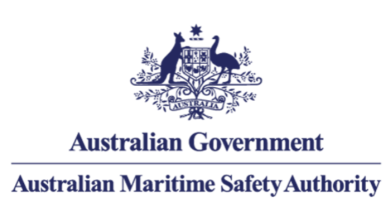
The Merchant Shipping (Vessels in Commercial Use for Sport or Pleasure) Regulations 2025 (“the new Regulations”) will apply to vessels used commercially for Sport or Pleasure. The new Regulations will apply to seagoing United Kingdom vessels wherever they may be and to other seagoing vessels operating from United Kingdom ports whilst in United Kingdom waters.
The new Regulations will revoke and replace the Merchant Shipping (Vessels in Commercial Use for Sport or Pleasure) Regulations 1998 (S.I. 1998/2771) (“the 1998 Regulations”). The new Regulations will give effect to two Codes of Practice: Continue reading “Consultation open for the UK merchant shipping (vessels in commercial use for sport or pleasure) regulations 2025”










